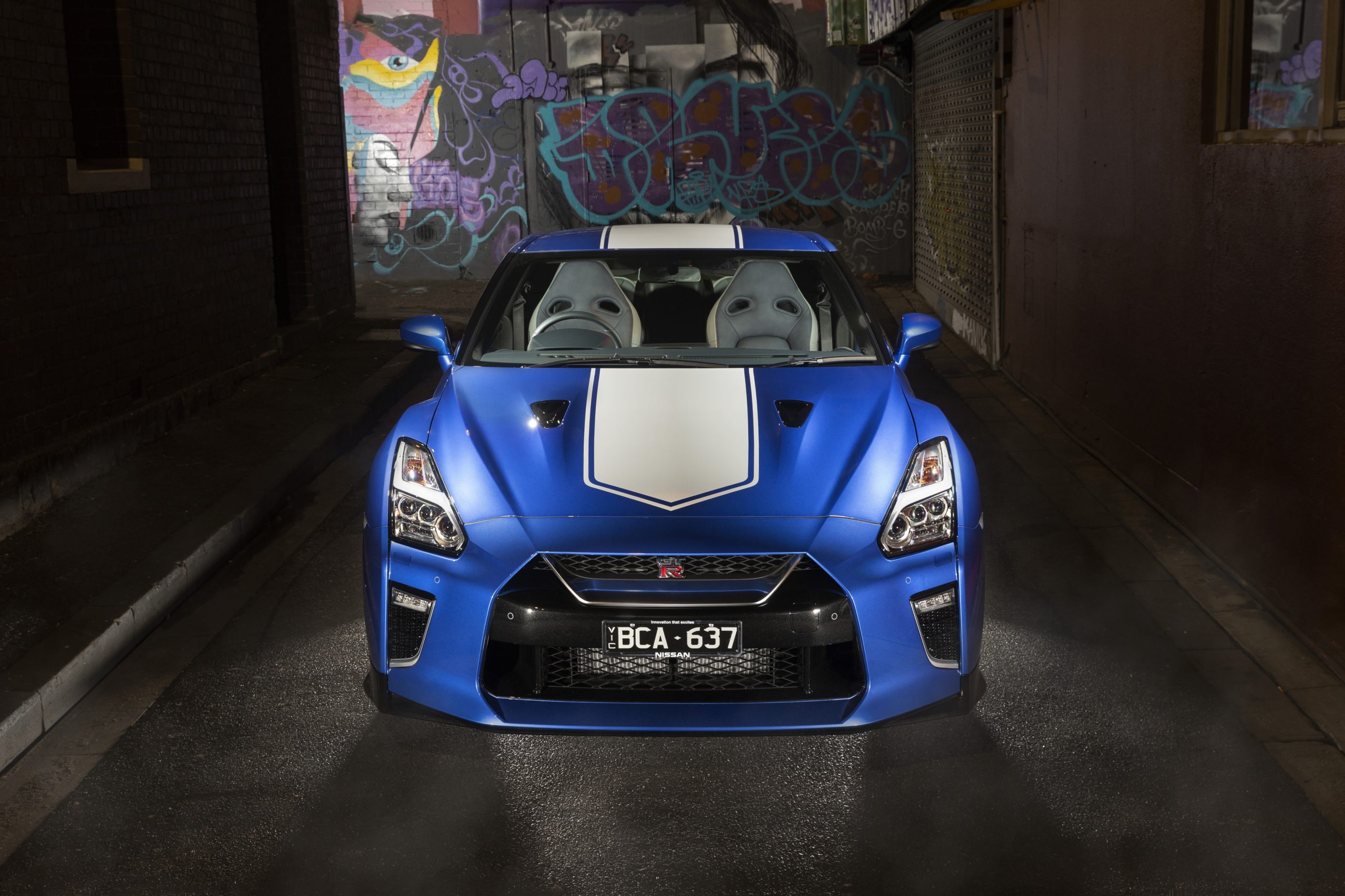
What is it?
Nissan’s birthday present to its performance car hero.
The GT-R arrived in 1969 as a high-performance version of Nissan’s Skyline coupe and quickly became a cult hero. Now into its sixth-generation the GT-R has become a legend of Japanese performance cars – alongside equally iconic names including the Toyota Supra, Honda NSX and Mazda RX-7.
To celebrate reaching its 50th year the company has introduced this limited edition model as part of its 2020 model year line-up.
Does it have any racing pedigree?
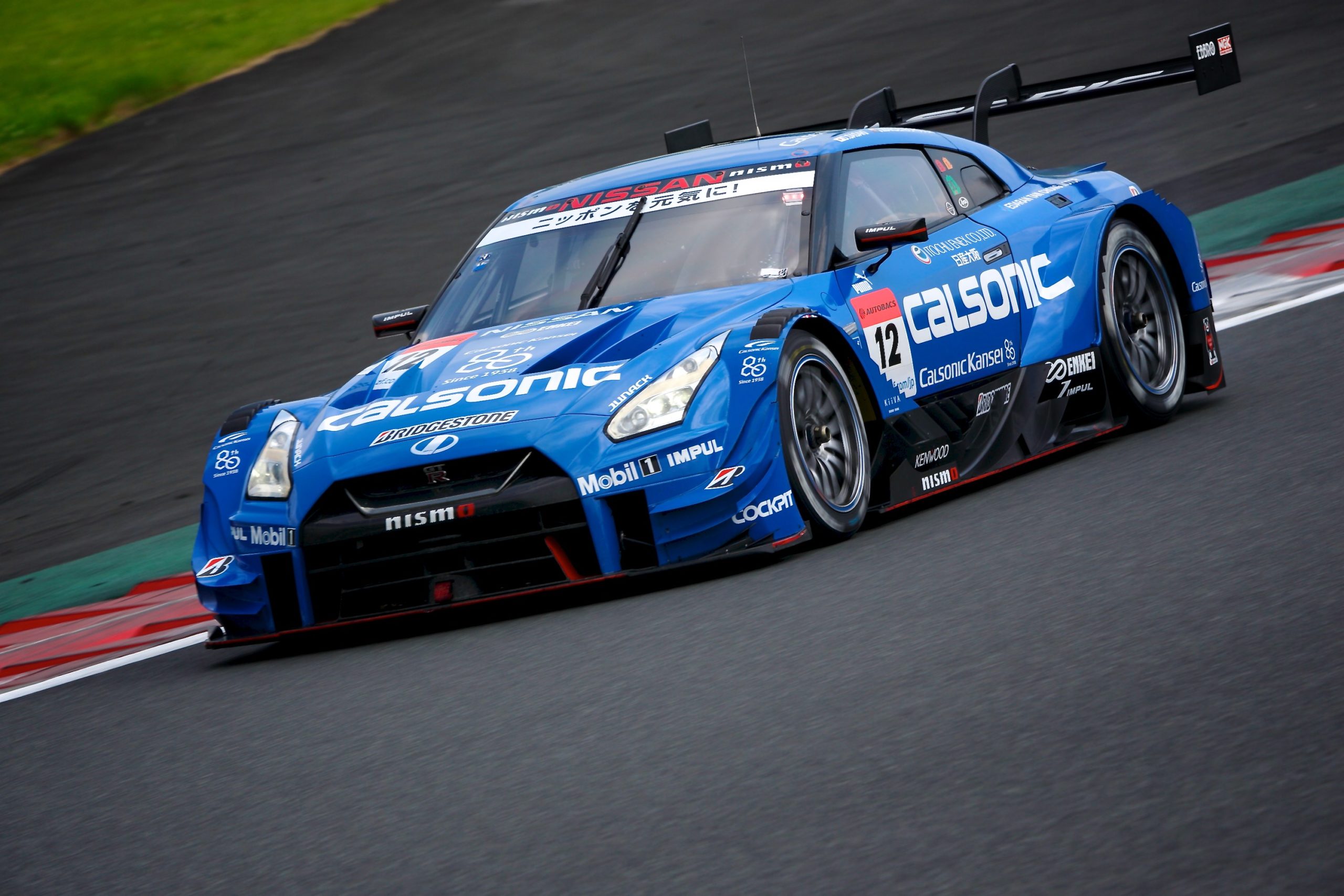
The GT-R and motorsport go hand-in-hand, from the earliest model that won the 1969 JAF Grand Prix to the famous ‘Godzilla’ that dominated early 1990s Australian touring car racing to its current role as Nissan’s Super GT entry. The legend of the GT-R is built as much on the racetrack as it is on the road.
Even the paint job of this 50th Anniversary edition has a racing connection. The stripe that runs down the bonnet, roof and boot is inspired by the GT-R’s that ran in the 1971 JAF Grand Prix; while the blue hue of our test car hints at the company’s famous Calsonic-sponsored Super GT entry.
What’s under the bonnet?
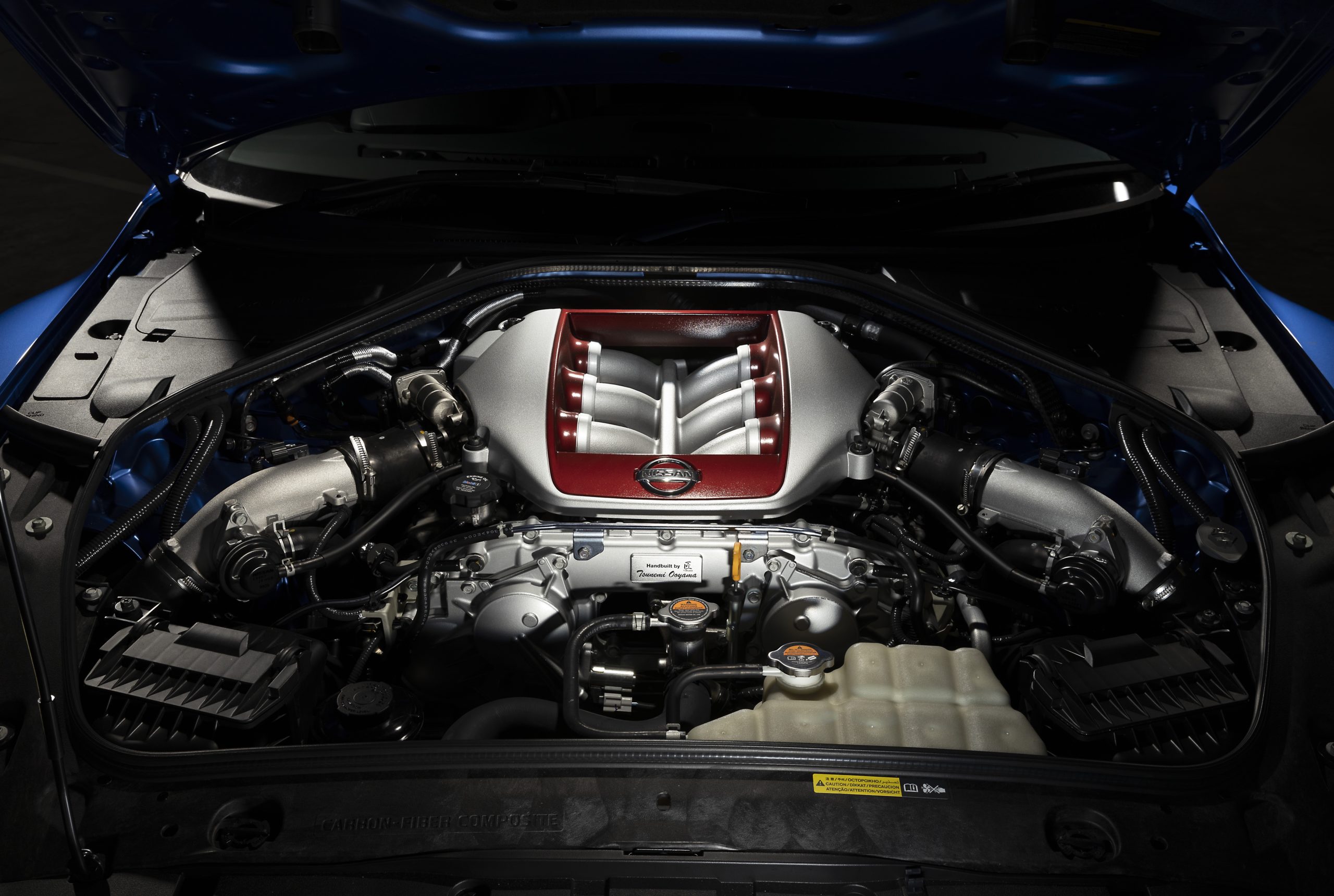
A 3.8-litre twin-turbocharged V6 packing 419kW of power and 632Nm of torque. It’s a fantastic engine, potent and with a broad power band that provides effortless thrust whenever you need it. Nissan pairs it with a six-speed dual-clutch transmission and all-wheel drive system that allows you to fully exploit all that grunt.
It may sound extreme on paper but with all-wheel drive traction is never an issue in the GT-R, instead it will launch out of corners like it’s been fired from a canon. It just grips (thanks to its big Dunlop tyres) and goes.
Nissan used to claim a 2.7-second 0-100km/h time for the GT-R but after several major publications around the world failed to match that time in the real world (a low 3sec time seems more common) the company has been less vocal about its performance. Regardless, either time is really quick and the GT-R is certainly a very, very fast car by any measure.
The transmission can shift by itself or you can control it manually using the steering-wheel mounted paddles. Just as you’d expect in such a sporty car the shifts are rapid and aggressive, which is excellent when you’re really pushing the GT-R to its limits. However, if you just want to commute in the car the gearbox can be a little clunky, thumping the occasional gearshift at low speeds.
Another trait of the GT-R that reveals itself at low speeds is the noise from the drivetrain. It honestly sounds a lot like a race car, in the sense that you hear the transmission and diffs whining and clunking about their work. Some will love that mechanical soundtrack, others will question why a $200k car is so unrefined. Personally? I think it adds to the charm of the GT-R.
How does it handle?
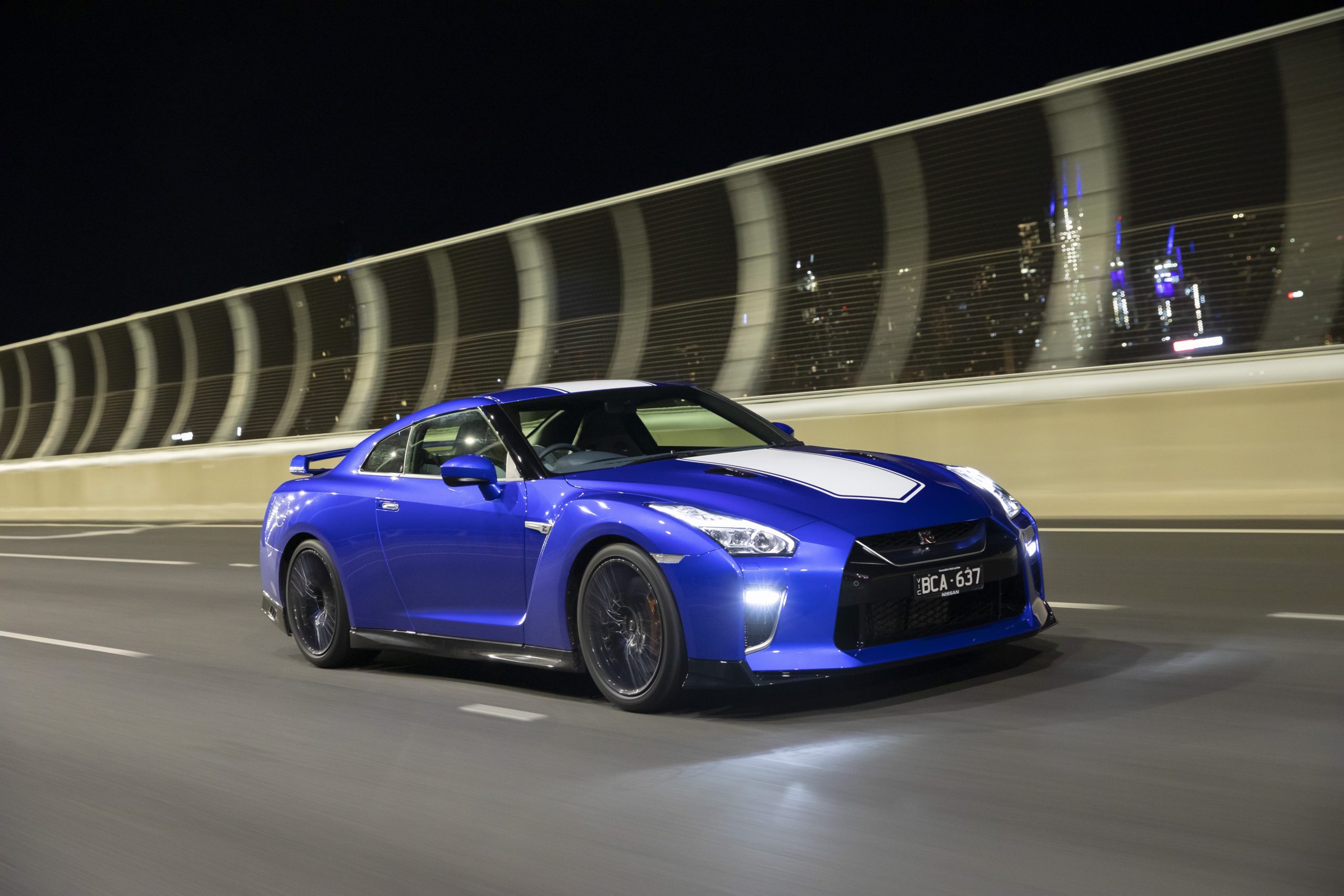
Make no mistake, the GT-R is a big car, tipping the scales at 1765kg its heavy by sports car standards; for comparison a Porsche 911 Carrera 4 weighs 1480kg. Thankfully it has all that grunt to help it overcome its mass.
The ride is well sorted for such a big, heavy car thanks to adjustable Bilstein dampers that can switch between firmer Race mode and softer Comfort settings. The 20-inch Rays forged alloys are wrapped in huge Dunlop SP Sport Maxx (measuring 255/40 at the front and 285/35 at the rear), which means the ride is firm but well-controlled.
The steering is direct and well weighted, the brakes are strong and when you combine that with the predictable all-wheel drive traction and the grippy tyres you get a surprisingly easy-to-drive supercar. The GT-R is one of the least-intimidating cars of its kind, it may be seriously fast but it encourages the driver to push harder by being so forgiving. It’s a real pleasure to drive quickly.
Where would you most like to drive it?
Hakone Skyline – the closest thing Japan has to Germany’s Nurburgring. It’s a public road that runs across the top of a mountain range and attracts petrolheads from all over Japan. It has a huge variety of corners, a smooth surfaces and no margin for error – ideal conditions to enjoy the potential of the GT-R.
What’s the interior like?
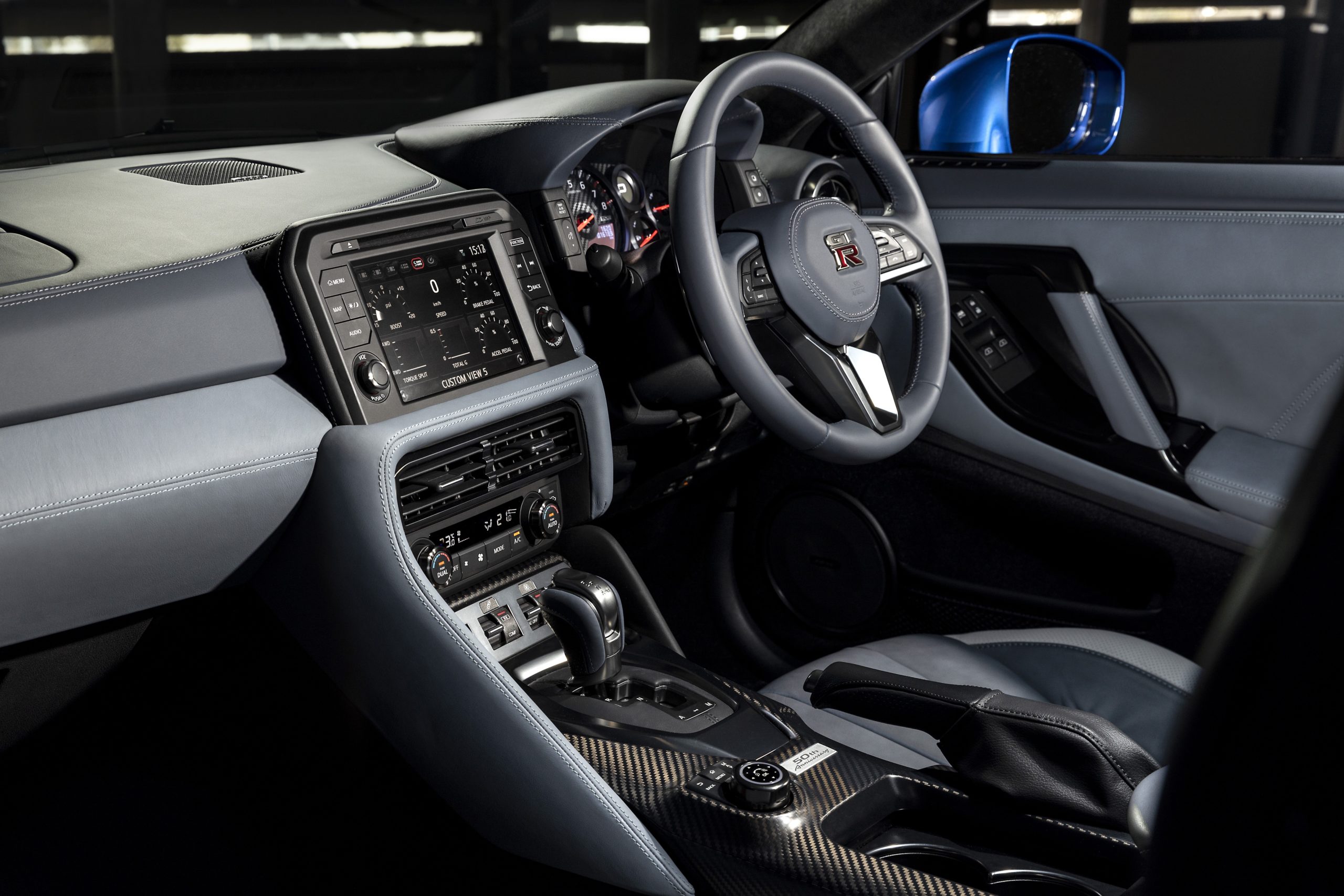
This is where the GT-R shows its Nissan roots. The interior was always its weak point, borrowing too heavily from the same parts bin they built X-Trails and Pulsars out of 10 years ago, and after a decade on sale it looks very dated.
Nissan hired Polyphony Digital, the company responsible for the Gran Turismo Playstation games, to design the multi-function display that shows a huge array of data – everything from G-forces to transmission oil temperature. While it looked cool and cutting-edge when the GT-R arrived in 2009, these days it looks out-dated; like a Playstation 2 game when we’re using Playstation 4 now.
Is it good value for money?
The original appeal of the GT-R when it arrived was supercar performance for $155,800. Now, 10 years later, the price has increased significantly without any major changes to the car – it’s still powered by the same engine and has much the same look – but the 50th Anniversary special costs $209,300 (plus on-road costs).
Even the current entry-level variant costs almost 25 per cent more than it did when it arrived in 2009, which is a sizeable increase and something unusual in the car business. Most cars get more affordable as they get older so the GT-R’s value appeal has been dented.
Would I buy one?
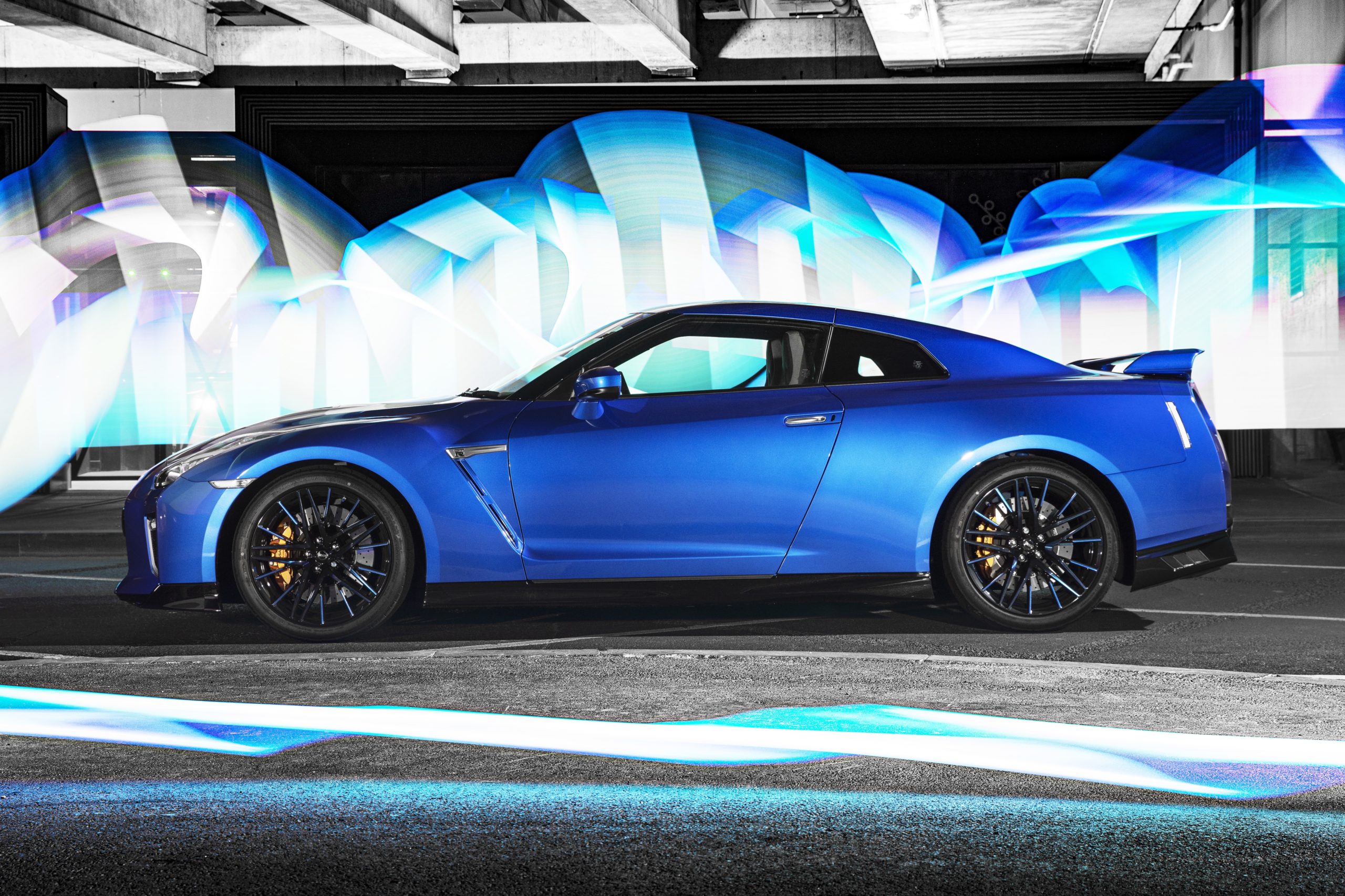
I’d certainly have it on my short-list if I was in the market for a sports car that I could drive on a regular basis. No, it’s not the most comfortable daily driver, but it’s livable and the performance it offers up more than makes up for it.
It may be one of the ‘Big Three’ Japanese sports car nameplates, but to my mind its unique in character. While the Supra is a pure, simple and straightforward sports coupe and the NSX a hi-tech showcase for Honda, the GT-R is a Japanese muscle car. It looks tough, is really powerful but also benefits from the attention-to-detail the country’s cars are famous for.
There’s a reason it has lasted 50 years.
2020 Nissan GT-R 50th Anniversary Edition price and specifications
| Price: | from $209,300 plus on-road costs |
| Engine: | 3.8-litre twin-turbo V6 petrol |
| Power: | 419kW at 6800rpm |
| Torque: | 632Nm at 3300-5800rpm |
| Transmission: | Six-speed dual-clutch auto, all-wheel drive |
| Fuel use: | 11.7L/100km |
| Wheels: | 20-inch Rays alloys |
| Tyres: | 255/40ZRF20 front; 285/35ZRF20 rear |
| Length: | 4710mm |
| Width: | 1895mm |
| Height: | 1370mm |
| Weight: | 1765kg |
| 0-100km/h: | 2.7sec (claimed) |



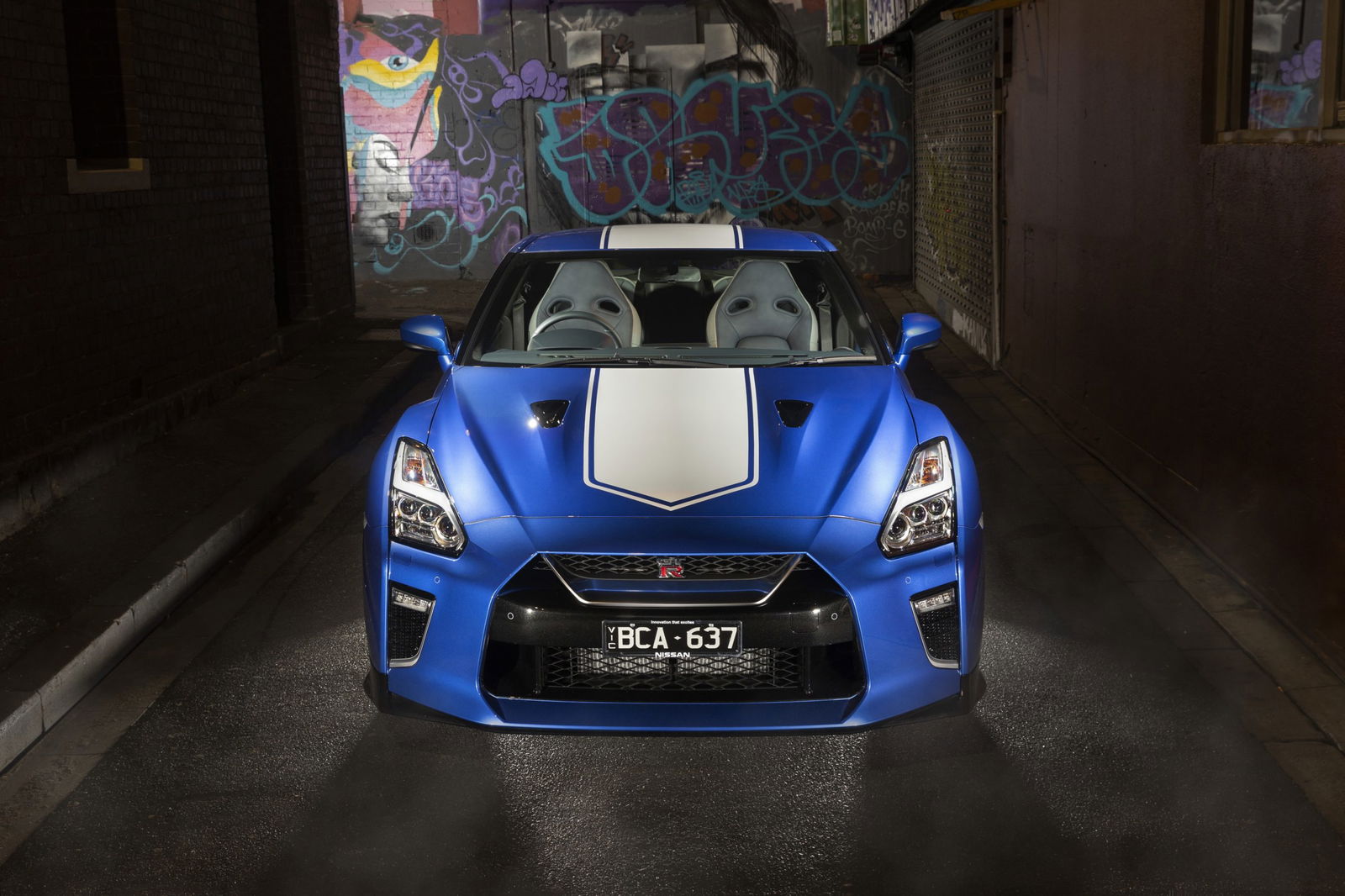








Discussion about this post